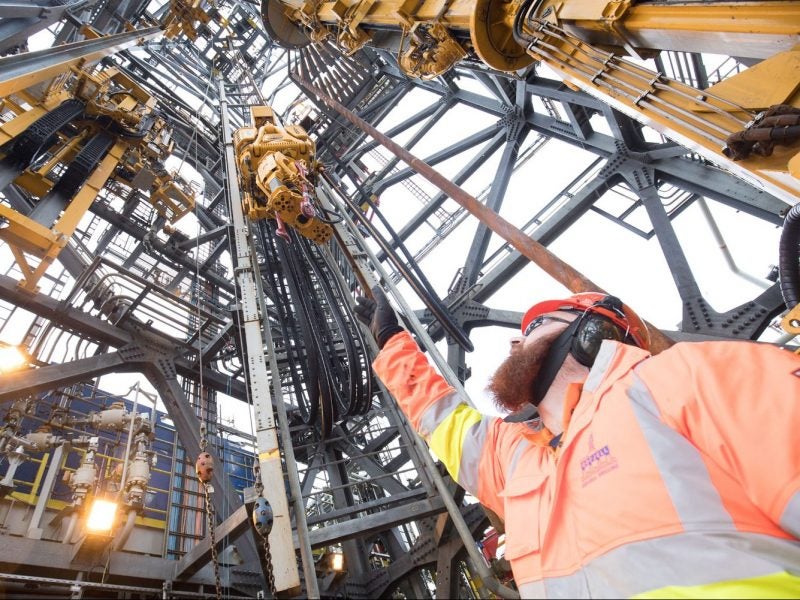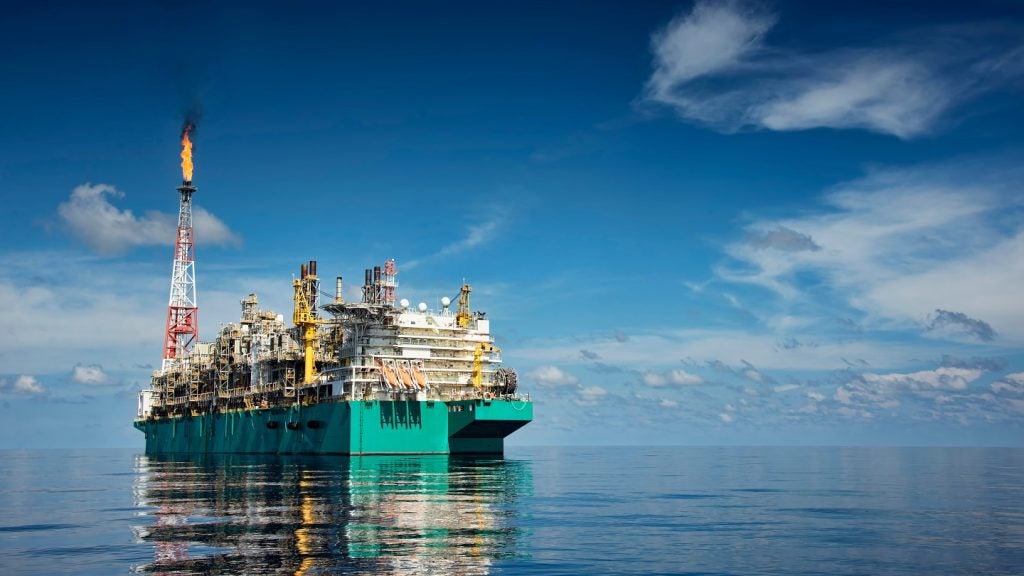
According to McKinsey and Company, modern advanced-analytics programs can help big oil companies find an additional $1bn in value.
One way is by deploying the might of machine learning and artificial intelligence (AI) to spot miniscule process failures that could result in millions of pounds worth of equipment outages.
Mike Brooks, a former Esso and Chevron engineer, and now senior director of asset optimisation software firm AspenTech, explains how the company’s machine learning algorithms does this by tracking equipment processes to avoid catastrophic failure.
Heidi Vella (HV): How does AspenTech’s technology use analytics and AI to improve offshore operations and maintenance?
Mike Brooks (MB): 85% of equipment breakdowns are caused by process induced failures, not just wear and tear. We are the first company to put a laser like focus on what is happening within a machine’s processes that could cause damage and then catastrophic failure on machines.
We do this by examining sensor data from machines to understand particular patterns of behaviours – for example, what are normal operations and what happens when a machine starts degrading just before it fails.
Once we have the best interpretation of what is normal we create what we call a ‘probability waveform’ chart. On a complex compressor we might look at 160 sensors and amalgamate the data into one chart that shows the probability of failure at every point in the past. When the compressor is operating normally, that line is very close to zero. When it’s failed, it’s at 100%. Waviness is what happens in-between so it is quite easy to recognise failure.
How well do you really know your competitors?
Access the most comprehensive Company Profiles on the market, powered by GlobalData. Save hours of research. Gain competitive edge.

Thank you!
Your download email will arrive shortly
Not ready to buy yet? Download a free sample
We are confident about the unique quality of our Company Profiles. However, we want you to make the most beneficial decision for your business, so we offer a free sample that you can download by submitting the below form
By GlobalDataWhen there’s a change from normal, it’s necessary to know if it’s because of an impending known failure or a new failure pattern? Our software will tell you if it’s one or the other. If it’s a new failure, then we train what we call an ‘agent’, which is software that will register that signature and then forever look to see if it occurs. The next time that issue comes up, without even looking at that machine, the operator will know very precisely when it’s going to fail. We did work with one upstream company that could predict failure on a mud-pump a month in advance
HV: How is this different to what other offshore asset management software companies are doing?
MB: Most companies are only detecting anomalies, which is really only asking the question: is this normal? However, because this requires human interpretation it is fraught with errors.
We often find that machine learning is a little bit misunderstood. An arrogant CTO of a company once said to me, “Just show me the data, that’s all I need!” Well, it turns out, you need a little more than that!
Data needs guiderails for it to work properly, without them it will find all kinds of irrelevant correlations that make little sense.
One of the most famous examples of this is that there is a direct correlation between the amount of margarine consumed in the state of Maine and the divorce rate. So, according to this correlation, if you start eating more margarine, you are more likely to get divorced.
That’s the type of silliness you can get with machine learning if you don’t give it the appropriate guidelines.
HV: How can the technology impact on scheduled inspections and maintenance?
MB: If an operator starts using this type of software, ultimately, it will help them probably reduce the frequency of planned maintenance. There have been many changes in maintenance over 40 years, it’s got much, much better, but for the most part, the maintenance services are only looking for wear and tear. They try to understand what the meantime between failure is and the period in between you have to treat it. The problem with this is, if the process happened at random, you won’t find failure that way.
Our technology is another tool for maintenance and reliability departments to help them understand what’s happening within the equipment, giving them far earlier warnings of failure. This gives them the opportunity to plan the maintenance in advance and do it safely and without impact on the environment. The worst time to do maintenance is after a breakdown as everybody is in a hurry which increases the chance of safety and environmental issues.
We believe that ultimately, our technology will tell you when the machine is going to break. However, it’s not a replacement for maintenance and inspection.
HV: How do experts work with the technology?
MB: Our company [which was originally called Mtell before being acquired by AspenTech] was formed by people who came from operations, with decades of experience. We understood that if we developed a technology it had to fit with the way people work and their skill sets. Underneath our technology is very, very intense machine learning, but the user doesn’t need to be a data scientist.
We’ve constructed it with an intuitive interface that’s based on building agents that do the machine learning. We expect engineers and technicians to use this software almost immediately with little training. That certainly reduces the level of expertise that’s required.
HV: By roughly how much can it speed up what inspection and maintenance experts do?
MB: For intensely experienced experts to build models of one offshore compressor could take five months. That model then needs to be tested onsite against the operation – another month’s work.
Our technology can address a compressor within a week, sometimes in a day, sometimes two days, but rarely more than a week. Once we learn about the behaviours in one piece of equipment, and have built those agents, we can use them for another machine and they work right away. We had one customer recently who did 30 assets in 30 days – that’s remarkable.
HV: How much data do companies need for it to work?
MB: The more data the better because the technology can learn more from it. If an operator has no data, we need to run it for a couple of months to register the pattern of what normal looks like.
If an operator has a year’s worth of data they are in a much stronger position to start, especially if they had some failures during this time.
For the amount of data, it depends upon the machine. For simple machines like pumps we need at least five sensors, plus the maintenance data.
On a large compressor, we need twenty-five sensors or more. Then we start off examining the data once an hour and depending on what’s happening, we might narrow that down to every 15 minutes or every five minutes.
HV: How much money can AI and machine learning, used in this way, save companies?
MB: Saving money is not the issue, it’s how much more money can they make. We help operators improve revenues by making more product. It’s not uncommon to see 2-3% improvement on net product output.
In terms of savings, we’ve seen 5-10% savings in maintenance because the equipment is not breaking as much reducing maintenance costs. However, operators get four times more than that by keeping the equipment running and decreasing downtime.
Equipment uptime is the biggest contributor to operational excellence, everybody’s trying to do better, to make more money with less capital deployed. And that’s what’s driving customers towards us, but there is still a huge opportunity for us in oil and gas with a tremendous amount of growth available.




